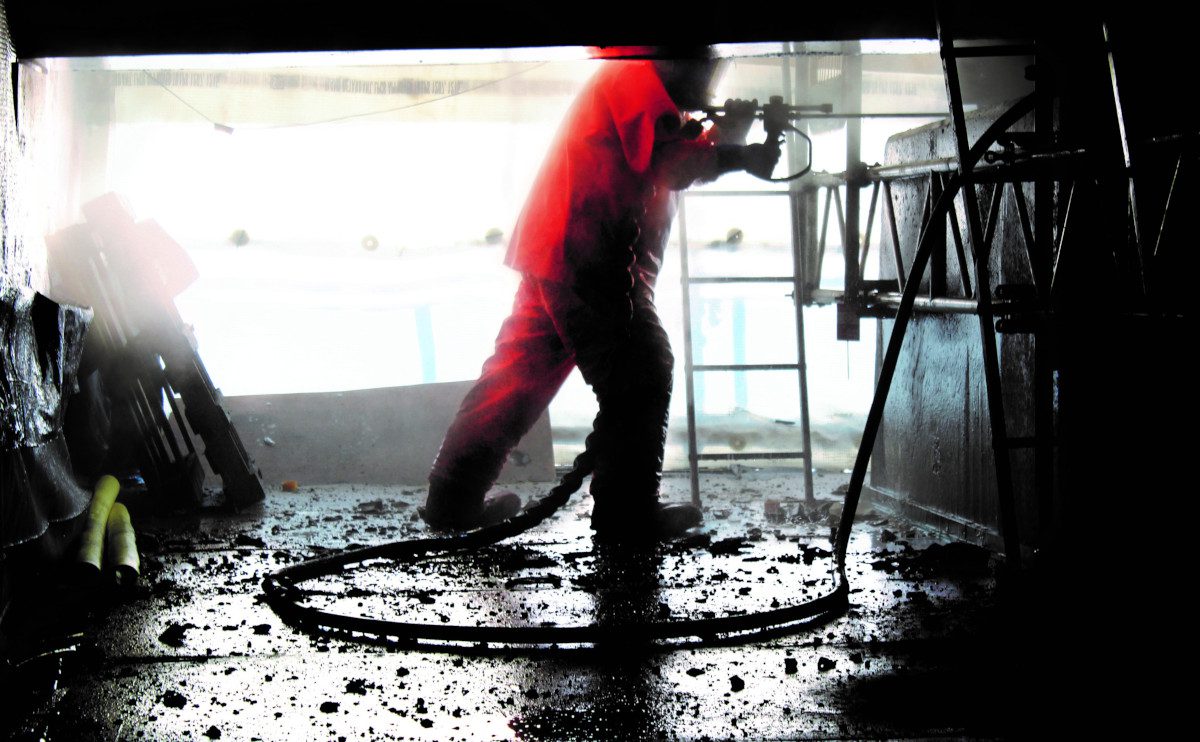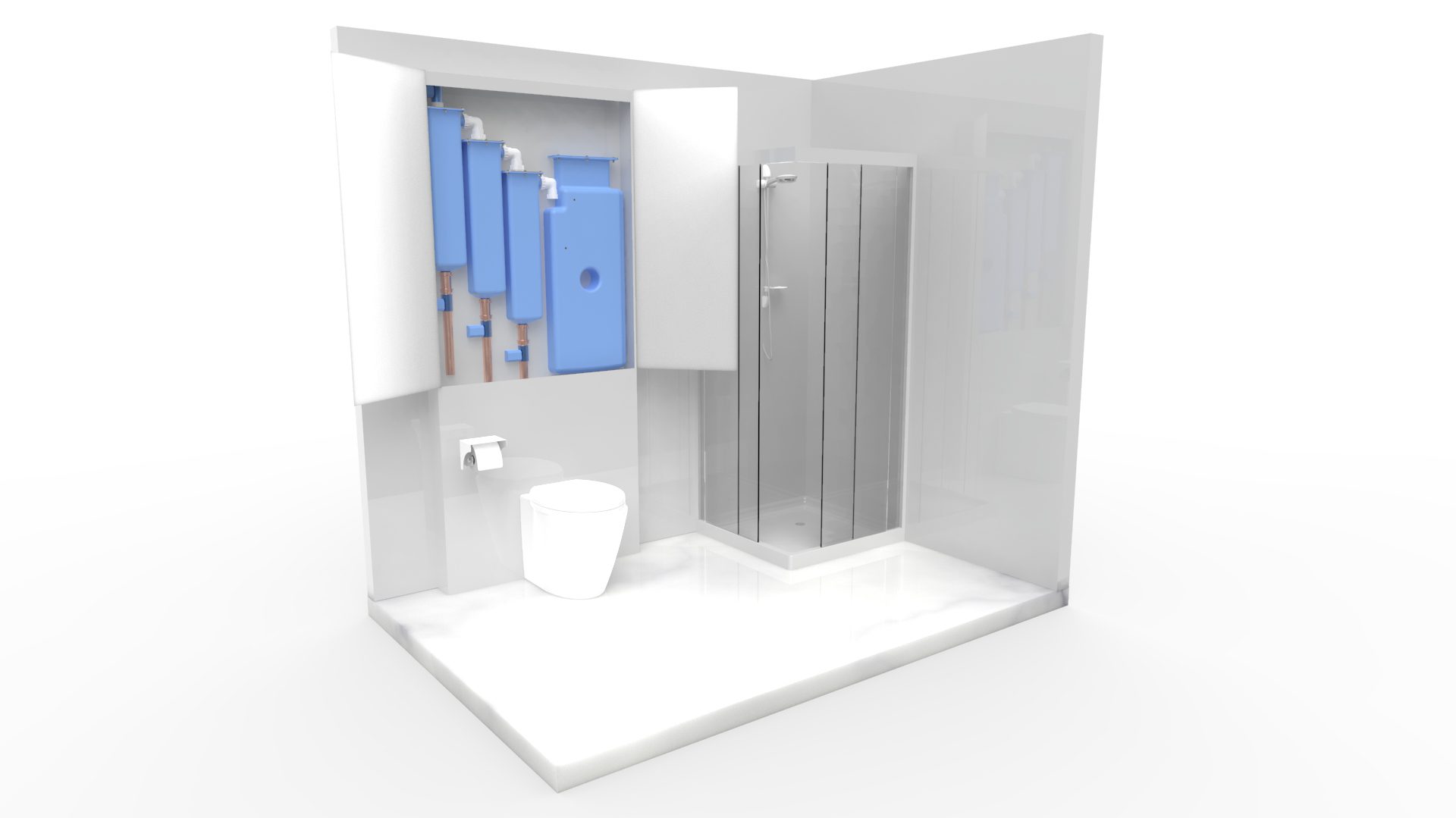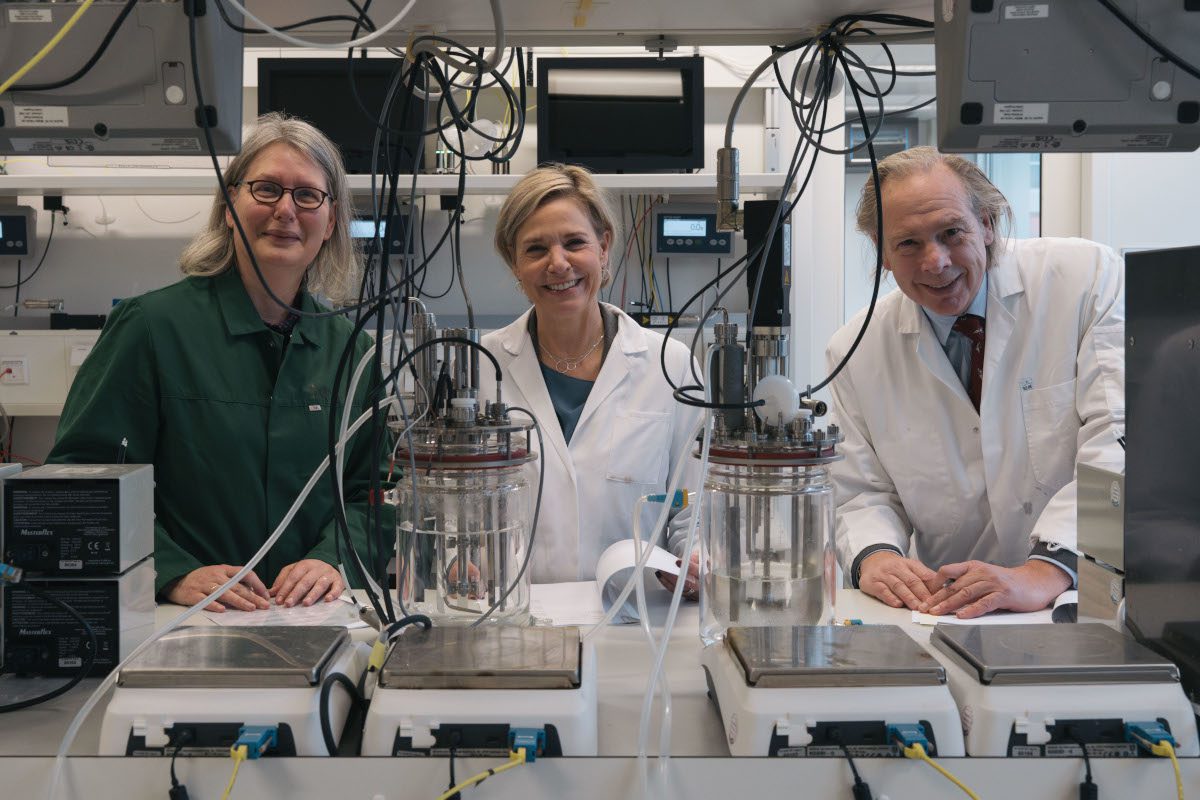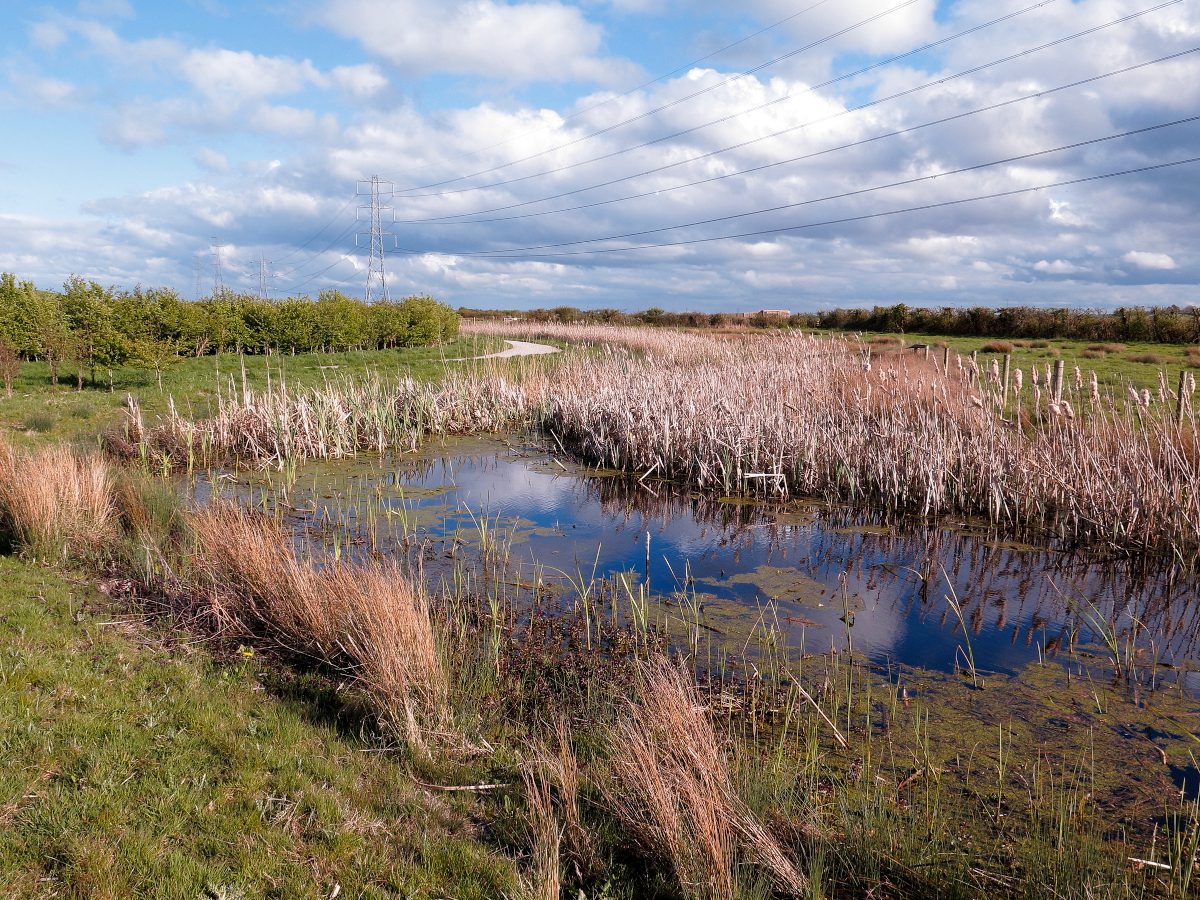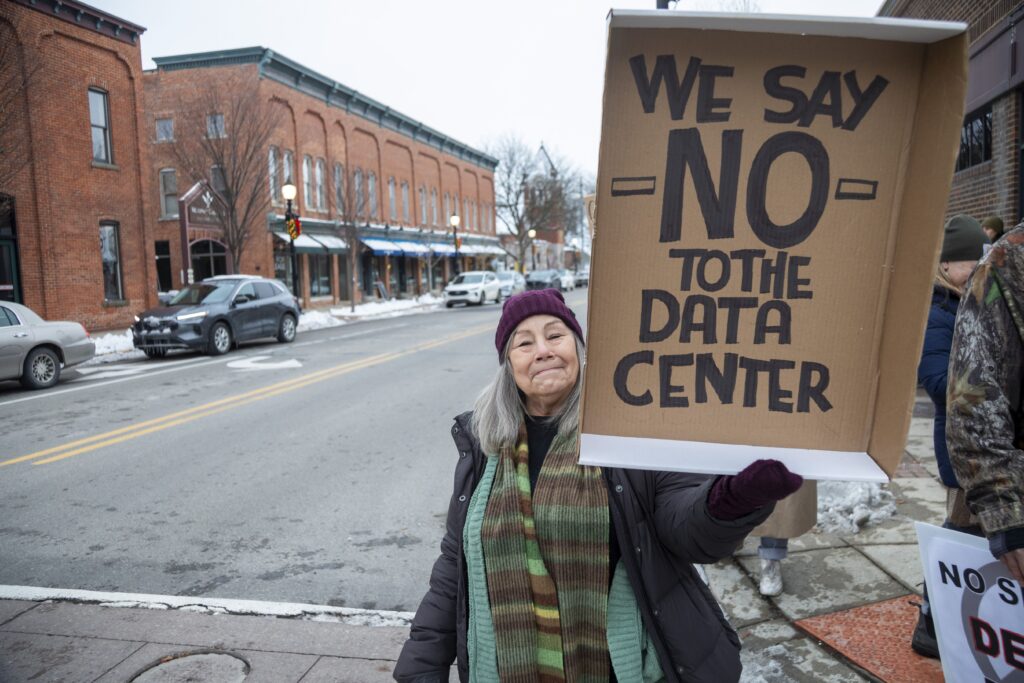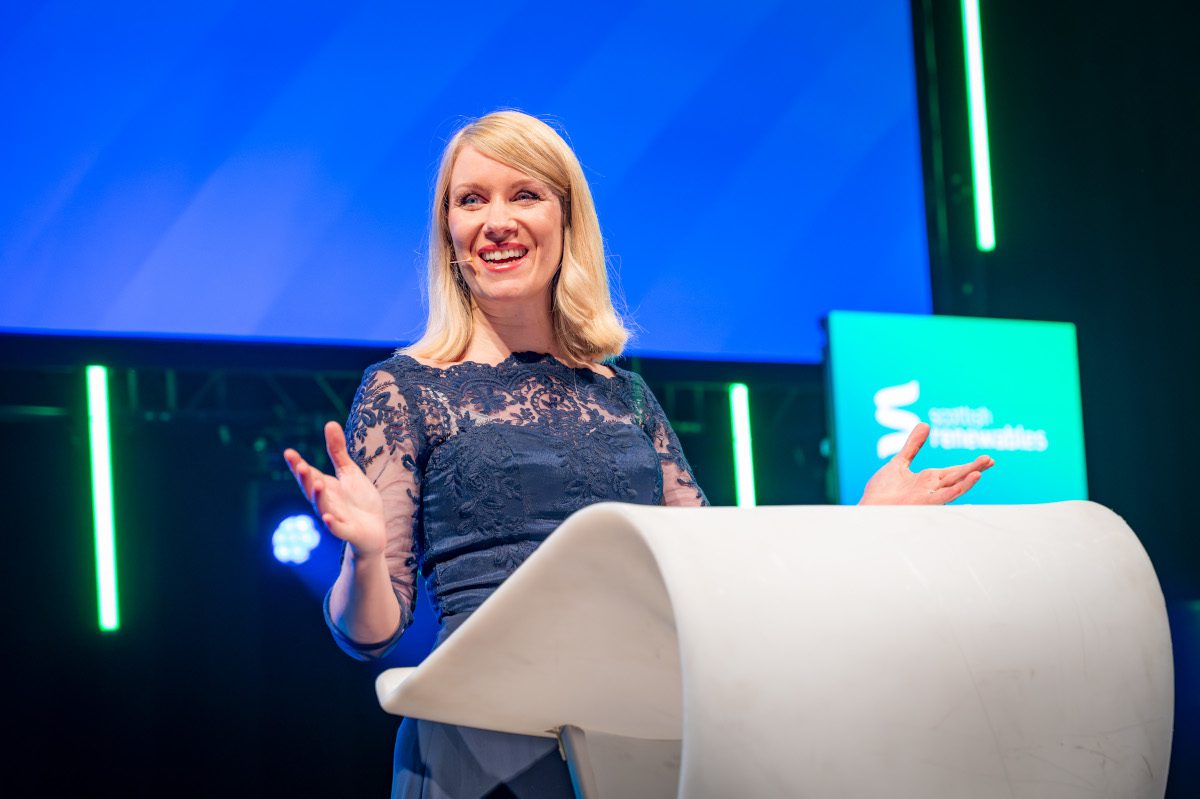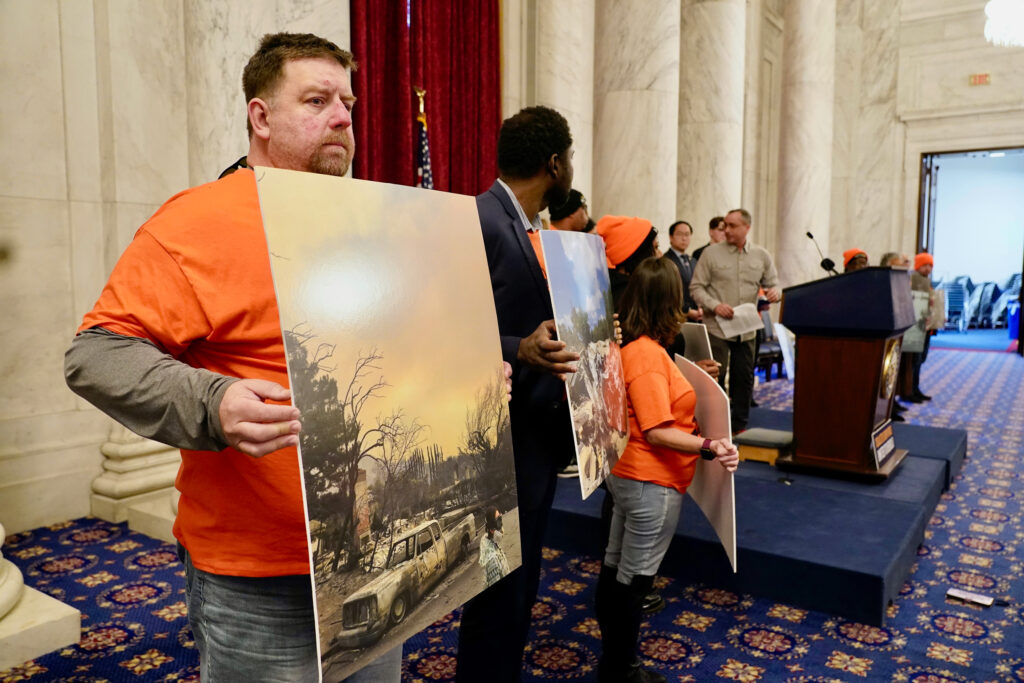When two materials come into contact, charged entities on their surfaces get a little nudge. This is how rubbing a balloon on the skin creates static electricity. Likewise, water flowing over some surfaces can gain or lose charge. Now, researchers reporting in the American Chemical Society’s publication Central Science have harnessed the phenomenon to generate electricity from rain-like droplets moving through a tube. They demonstrate a new kind of flow that makes enough power to light 12 LEDs.
“Water that falls through a vertical tube generates a substantial amount of electricity by using a specific pattern of water flow: plug flow,” says Siowling Soh, the study’s corresponding author. “This plug flow pattern could allow rain energy to be harvested for generating clean and renewable electricity.”
When running water moves a turbine, it generates electricity. However, hydroelectricity is constrained to locations with large volumes of water, like rivers. For smaller and slower volumes of water, an alternative is to harness charge separation, a phenomenon that produces electrical charges as water moves through a channel with an electrically conductive inner surface. But charge separation is extremely inefficient because it is restricted to the surface that the water moves over. Previously, scientists have tried to improve its efficiency by making more surface area available through micro- or nanoscale channels for a continuous stream of water. However, water doesn’t naturally pass through such tiny channels, and if pumped, it requires more energy than gets generated. So, Soh, Chi Kit Ao and colleagues wanted to produce electricity using larger channels that rainwater could pass through.
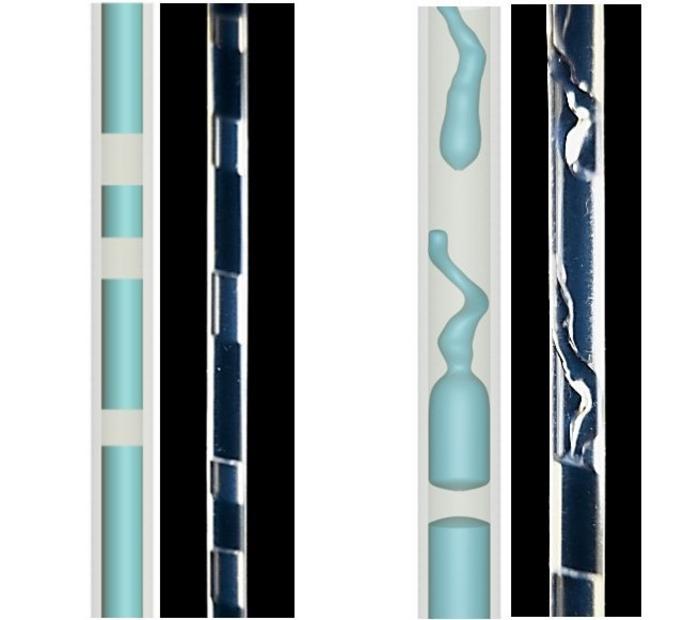
The team designed a simple setup whereby water flowed out the bottom of a tower through a metallic needle and spurted rain-sized droplets into the opening of a 12-inch-tall (32-centimeter-tall) and 2-millimeter-wide vertical polymer tube. The head-on collision of the droplets at the top of the tube caused a plug flow: short columns of water interspersed with pockets of air. As water flowed down the inside of the tube, electrical charges separated. The water was then collected in a cup below the tube. Wires placed at the top of the tube and in the cup harvested the electricity.
The plug flow system converted more than 10% of the energy of the water falling through the tubes into electricity. And compared to water flowing in a continuous stream, plug flow produced 5 orders of magnitude more electricity. Because the droplet speeds tested were much slower than rain, the researchers suggest the system could be used to harvest electricity from falling raindrops.
In another experiment, the researchers observed that moving water through two tubes, either simultaneously or sequentially, generated double the energy. Using this information, they channeled water through four tubes, and the setup powered 12 LEDs continuously for 20 seconds. The researchers say that plug flow energy could be simpler to set up and maintain than hydroelectric power plants, and it could be convenient for urban spaces like rooftops.
The authors acknowledge funding from the Ministry of Education, Singapore; the Agency for Science, Technology and Research; and the Institute for Health Innovation & Technology at the National University of Singapore.



